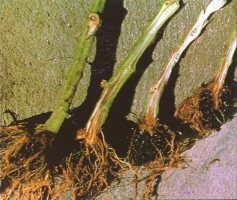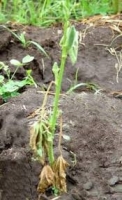General Information
It is a crop of tropical and sub-tropical regions. The major growing states in India are Uttar Pradesh, Bihar, West Bengal and Orissa. Okra is mainly grown for its green tender nutritive fruits. Dry fruits and skin are useful in paper industry and fiber extraction. Okra is rich source of vitamins, protein, calcium and other minerals.

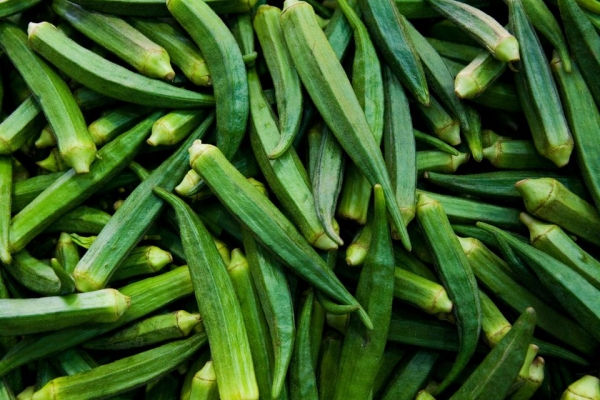








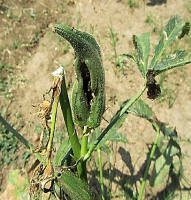
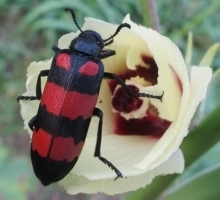


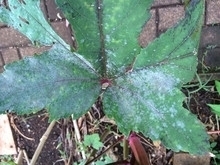
.jpg)
